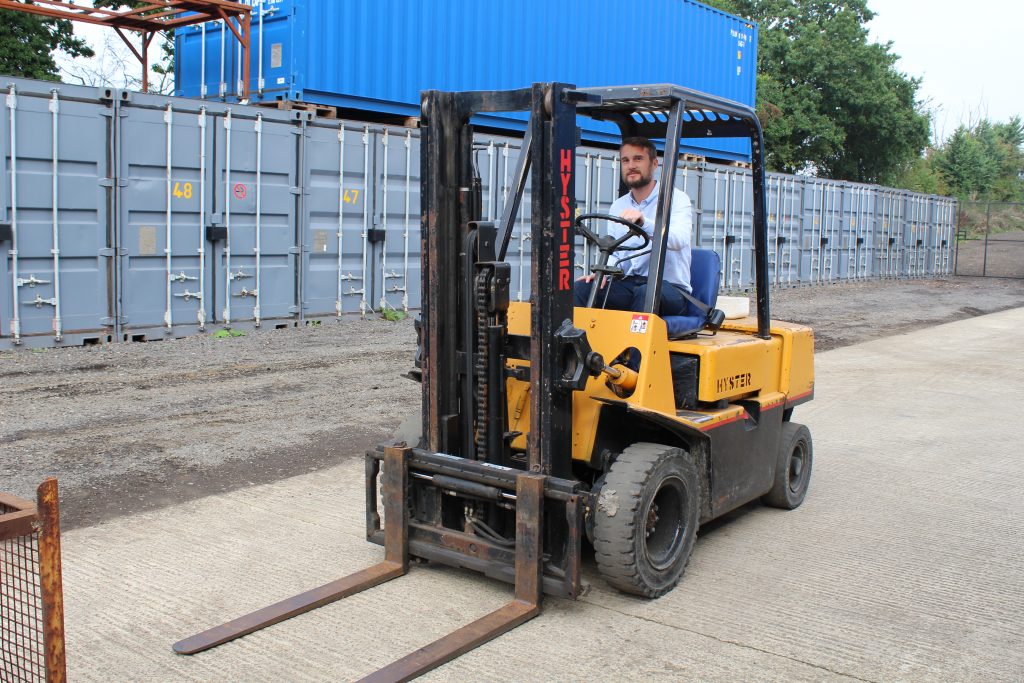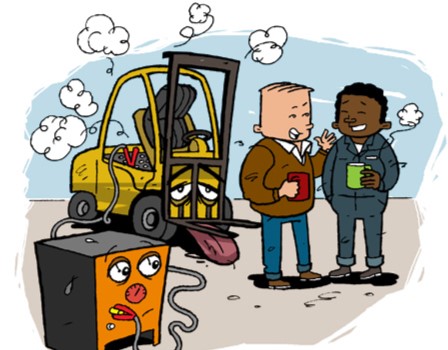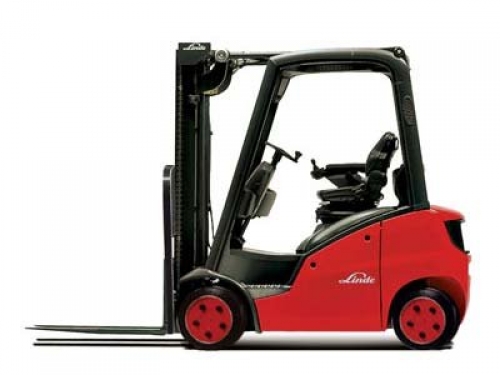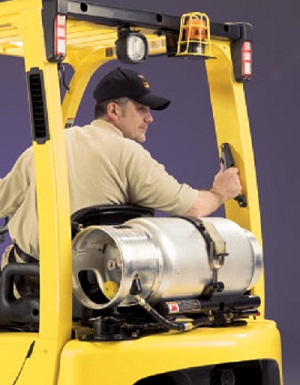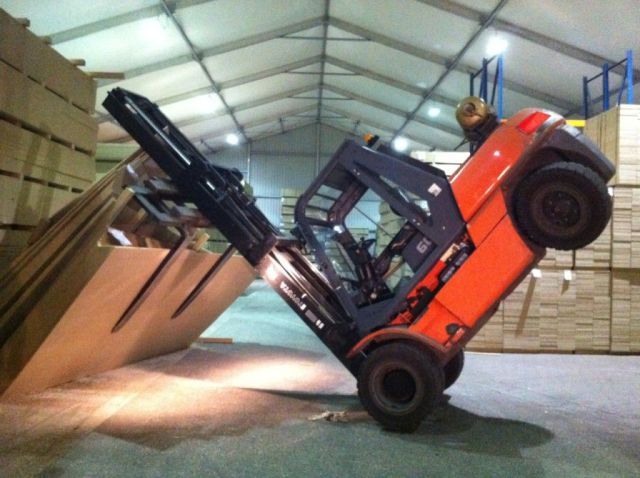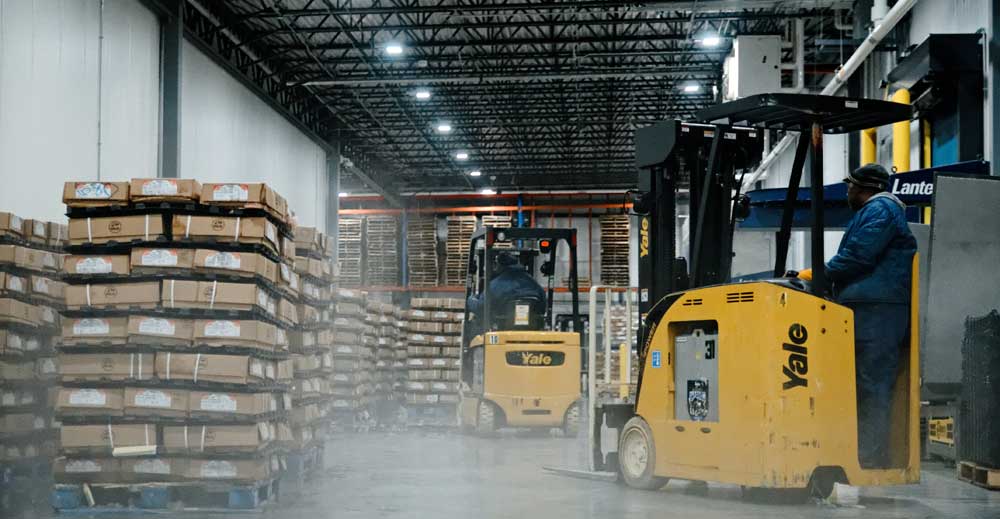A forklift with a diesel engine is usually chosen for its fuel efficient design, exceptional lifting capacity, and longevity. The unique engineering with which a diesel motor is constructed creates its primary strength. Diesels use a motor’s own compression to ignite the fuel instead of spark plugs. Because of their distinctive design, a diesel power plant has a high torque output thereby producing an abundance of muscle to lift heavier loads. Diesel engines are notorious for their power, and they tend to remain in operation for extended periods of time. Many years of service can be expected from a diesel powered forklift. Their versatility makes them perfect for a variety of functions. There is not a forklift on the market that is more suitable for relocating extreme loads in the outdoors.
A diesel powered industrial lift truck has a few drawbacks related to that which gives this workhorse its dynamic competence and stamina: the diesel engine. Power of this magnitude comes at the expense of risky emissions, heavier construction and the ability to store reserve fuel. While improvements are constantly being made, diesel exhaust remains the most polluting of any forklift. The thicker fumes that are expelled tend to be more harmful and generally more annoying than trucks with other power sources. The heavier build needed to deliver this kind of leverage causes a diesel forklift to be weightier than other models. Also, additional expense for on-site fuel storage may need to be considered when operating diesel equipment.

